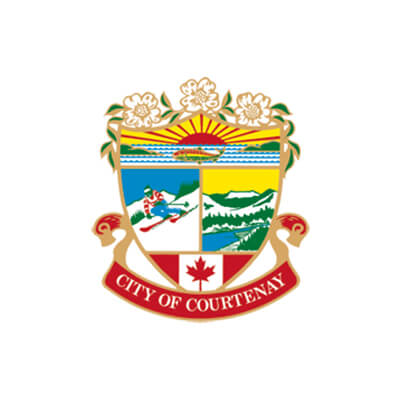TREES IN TOWN – THE URBAN FOREST
Suggested Grades: 6/7
Prepared by: Nancy Gothard, policy planner City of Courtenay
Driving Questions
Grade 6/7
- What is the urban forest?
- What kinds of trees do I live near?
- How do people benefit from urban trees?
- What do urban trees need to stay healthy?
- What is an important urban tree in my neighbourhood? And why is it important to me?
- Why is community input important in decisions about land, including urban trees?
Learning Intentions
- I can say what the urban forest is and why it is important to people and ecosystems.
- I can say what urban trees need to stay healthy.
- I can identify where I live on a map.
- I can select an ‘interesting’ tree and explain why it is interesting to me through writing, photos and drawing, or other creative means.
- I can understand, draw and calculate the relationship between circumference, diameter and radius by measuring a tree’s stem and crown.
Materials
- City webpage containing links to the Urban Forest Strategy project is available at: www.courtenay.ca/urbanforest This includes:
- An online survey (appropriate for students over XXage and/or with the support of a parent). Available until September 30 2018.
- An interactive crowd-sourced online map of photos from people in the community.
- A ‘story map’ which contains information on Courtenay’s urban forest, including for specific neighbourhoods.
- Map (Paper maps can be used or you can go online to https://projectwatershed.ca/komoks-estuary-map/)
- Home Tree Assessment
- String, measuring tape and calculator to do circumference measurements.
- Nancy Gothard can provide a short presentation to students on the driving questions listed. Length of time can be tailored to questions to focus on. A suggested opening exercise is to show photos of urban landscapes with and without trees to start a conversation on what the students observe about the contrasts, and what they like/dislike.
Curricular Competencies
Science/Social Studies/Language Arts:
- Processing and analyzing data and information
- Comprehending and connecting
- Communicating
- Working cooperatively to confirm what they have learned
Lesson
- Review Urban Forest Background.
- Identify student’s home and selected tree on a map. Use different colour sticky dots to show where people live and where the interesting trees are located.
- Use the Home Tree Assessment document as homework.
- Pick one tree to measure and document on the Home Tree Assessment document.
- Take a photo of selected tree and upload to City of Courtenay online crowd-source map. Photos submitted before October 1, 2018 are eligible to be included within the Urban Forest Strategy document.
- Students to share with the class.
Urban Forest Background:
Urban forests are the trees, vegetation, soils and associated natural processes found within a city, town or village. They grow across public and private land including within parks, schools, parking lots, along streets and even in your backyard. Urban forests provide a number of services to the community including shade, retaining water during heavy rains, air purification, recreation, habitat for other birds, insects and small mammals and beauty. Studies show that a relationship to nature is important to human development, and that opportunities for nature experience, learning and reflection should be part of community planning goals.
The City of Courtenay is undertaking an Urban Forest Strategy in order to understand what trees in the community are important to protect, and where replanting or removal may be needed. The community is encouraged to share their views through online consultation opportunities available through to the end of September. By setting clear goals for the urban forest we can work together to ensure there is an urban forest for future generations.
Because trees take a long time to grow and because the management of the urban forest depends on many individual land owners working towards a common goal, education about the urban forest will be an important component of the strategy. The Urban Forest module outlined below provides a number of lesson plan options to achieve specific learning objectives that address BC curriculum goals.
The City’s goal in suggesting these curriculum components is:
- To encourage student and parent participation in the Urban Forest issues;
- To encourage student and parent participation to learn about the urban forest in their neighbourhood through guided activities and the use of online local resources which will be available after the Strategy consultation has concluded.
Click here to download a printable version of this lesson
Community Connection
If you are in the City of Courtenay you can contact Nancy Gothard at the City of Courtenay to give a presentation on this topic.
250 703 4839


